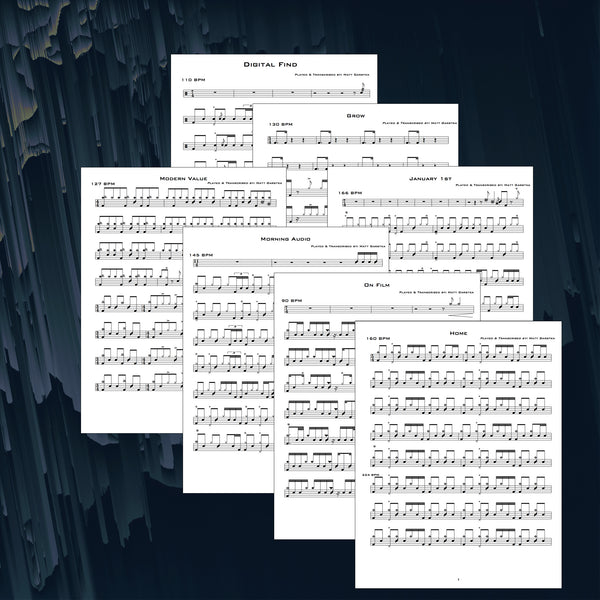
It was possible to include parts of the melody in the drumming. Because accents and interaction offer more possibilities than before, the drum set takes on a greater expressive and expressive role.

A logical consequence of this switch is the drummer’s involvement in a song’s melody.

Instead of just keeping the tempo, the drummer now gets the chance to provide different accents on the snare drum, the bass drum and possibly other components within the drum kit. In addition, this pattern also provides independence for the drummer himself. As a result, they create a flowing rhythmic pattern on which a soloist can solo with space and freedom. The beat-by-beat playing moves from a heavy bass drum pulse to a standard light jazz pattern on the ride cymbal. In the 1940s, they devised a new concept in musical playing on the drum set. Max Roach, together with jazz drummer colleague Kenny Clarke, is seen as one of the founders of the bebop drumming style. Towards the end of the fifties, we see Roach playing with jazz singer Dinah Washington. Though short-lived due to the untimely deaths of Clifford Brown and Richie Powell, the group released an example of refined Hard bop playing along the lines of Art Blakey and Horace Silver in just a few years. In 1954 Roach started a quintet with trumpeter Clifford Brown and the additions of Harold Land on tenor sax, George Morrow as bass player and Richie Powell (brother of Bud Powell) on piano. This recording includes Max Roach, Charles Mingus, Charlie Parker, Dizzy Gillespie, and Bud Powell. On May 15, 1953, the so-called Greatest Concert Ever, also known as Jazz at Massey Hall, was released on this label. In 1952 he also started his label Debut Records with the bassist Charles Mingus. After a three-year training, he obtained a bachelor’s degree in music. In 1950 Max Roach decided to broaden his musical horizons further and studied classical percussion at the Manhattan School Of Music. Not much later, performances and recordings followed with Dizzy Gillespie, Charlie Parker, Thelonious Monk, Bud Powell and Miles Davis. The recording took place in December 1943 as the drummer for Coleman Hawkins.
Drum transcriptions jazz professional#
Playing in the local surroundings is soon followed by his first professional recording. Once Max reaches the age of 18, he moves into and around the jazz clubs of 52nd street and 78th street and enters the local jazz scene. As the replacement drummer, he plays several concerts with the orchestra in the Paramount Theatre. Later in his life, as a student at the Boys High School in Brooklyn, he was asked to join the Duke Ellington Orchestra as a temporary replacement for Sonny Greer.

Eventually, he switched from flugelhorn to drums and quickly got in touch with multiple gospel bands through his mother. Max himself started playing the flugelhorn and soon ended up playing in various brass bands. He had to deal with musical jitters early as his mother was a gospel singer. When Max Roach was four years old, he moved to Brooklyn in New York with his family. While his birth certificate tells us he was born on January 10, his family claims he was born on January 8. There is some controversy about his date of birth. Max Roach was born in the Newland Township at Pasquotank County in North Carolina. His early training also ensured he was acquainted with the entire percussion instrumentation. Although drumming was his most significant and well-known activity, Roach was also involved in music composition. Max Roach, or in full, Maxwell Lemuel Roach, was an American jazz drummer who lived from January 1924 to August 2007.


 0 kommentar(er)
0 kommentar(er)
